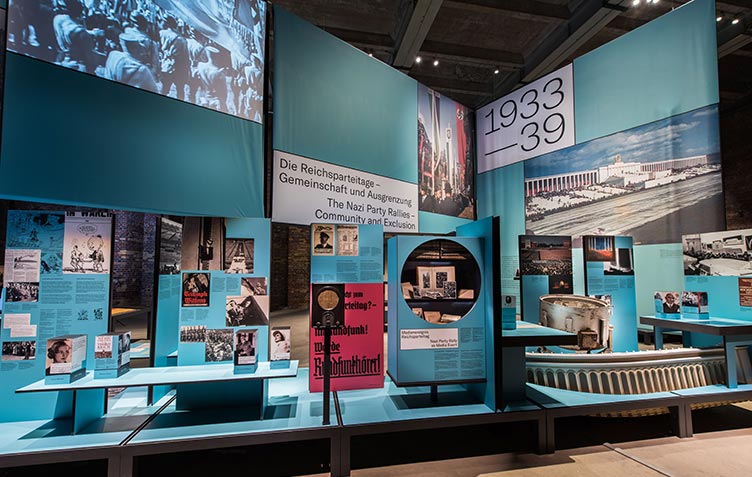
The Documentation Center Nazi Party Rally Grounds will begin a major remodeling project in 2021. In February, the old Permanent Exhibition will give way to an Interim Exhibition for the duration of the construction work, with a focus on the space and content of the Rally Grounds. A large-format media installation will take visitors on a trip through time from 1918 to today, and provide an introductory orientation to this vast tract of land. A kaleidoscopic range of photos and plans will set the site within the overall context of its time and topography.
Four time periods grouped around the installation will illustrate events at the Rally Grounds. For the first time, national history will be retold from a local perspective. Selected objects will join documents, films and photos to create a collage-like picture of the past. Many biographies and eyewitness reports will illuminate the topic from personal vantage points. Familiar facts will be joined by new findings; changes in approach and attempts at explanations will be linked with established knowledge. Media stations will emphasize the diversity of voices and invite visitors to form their own picture of this history.
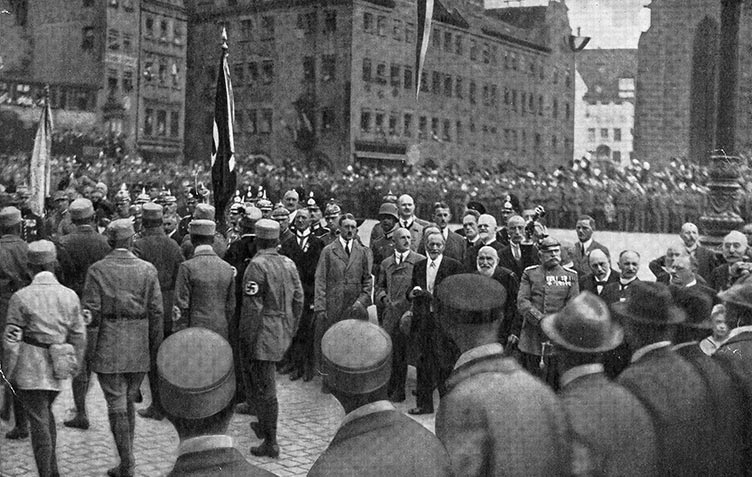
1918-1933 | Opportunities and crises – Nuremberg in the Weimar Republic
From the moment the Republic was declared in 1918, Germany's first democracy repeatedly had to defend itself from attack. Nuremberg, a city of industry and workers with Social-Democratic political leanings, became an important site for events. Apart from major events by labor organizations, in 1927 and 1929 this was the site of the first rallies of the National Socialist German Workers' Party. Dedicated city politicians defended the Republic to the bitter end.
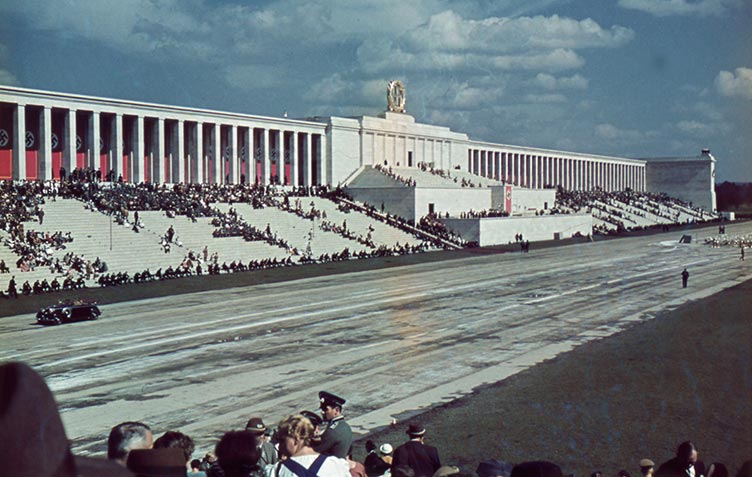
1933-1939 | The Nazi Party Rallies – Community and Exclusion
From 1933 on, the Nazi Party held its rallies annually in Nuremberg. A gigantic cultic site arose here, designed by Albert Speer. These major national events were the Nazi regime's way of pursuing two key social goals. The party's exclusionary society was depicted as a "Volksgemeinschaft" – a "community of the people," understood in a racist, authoritarian sense – with the intent of visibly demonstrating the country's broad support for the Nazi regime. New media like the radio transmitted the communal experience of the Party Rallies throughout the Reich.
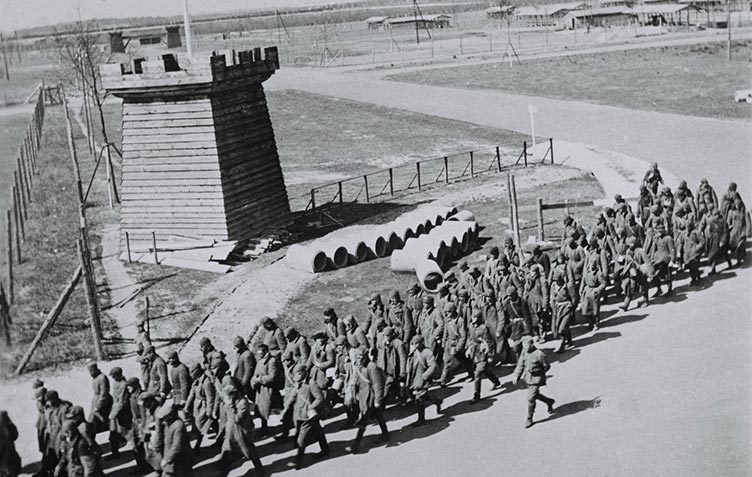
1939-1945 | The Rally Grounds in the War – Captivity, Forced Labour and Deportation
During World War II, several camps for prisoners of war and forced laborers were set up on the Nazi Party Rally Grounds. Thousands of people died or were deliberately murdered. The Märzfeld rail station was the point of departure for the deportation of Franconian Jews to the extermination camps. Few survived.
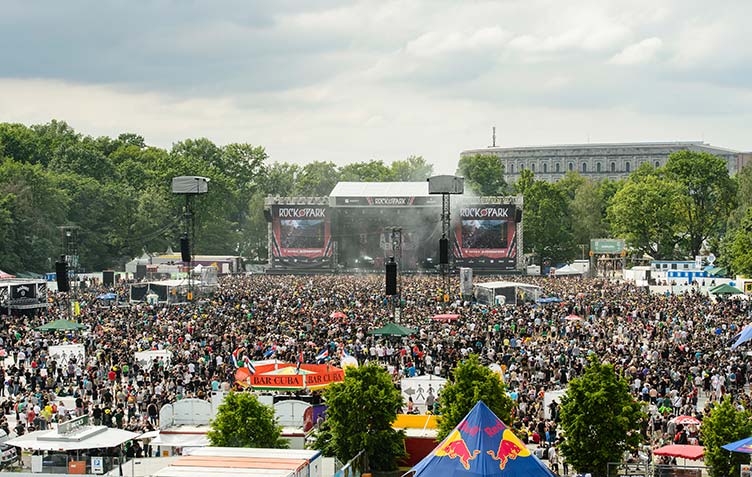
1945-2020 | No Ordinary Place – Approaching the Rally Grounds
After the war, Nuremberg's population spent decades seeking an adequate way to deal with the site. The first informational facilities were not installed until the mid-1980s. The Documentation Center opened in 2001. Today, this place still calls on us to constantly reconsider our own attitudes, and to find our own ways of addressing the structural legacy of National Socialism.



